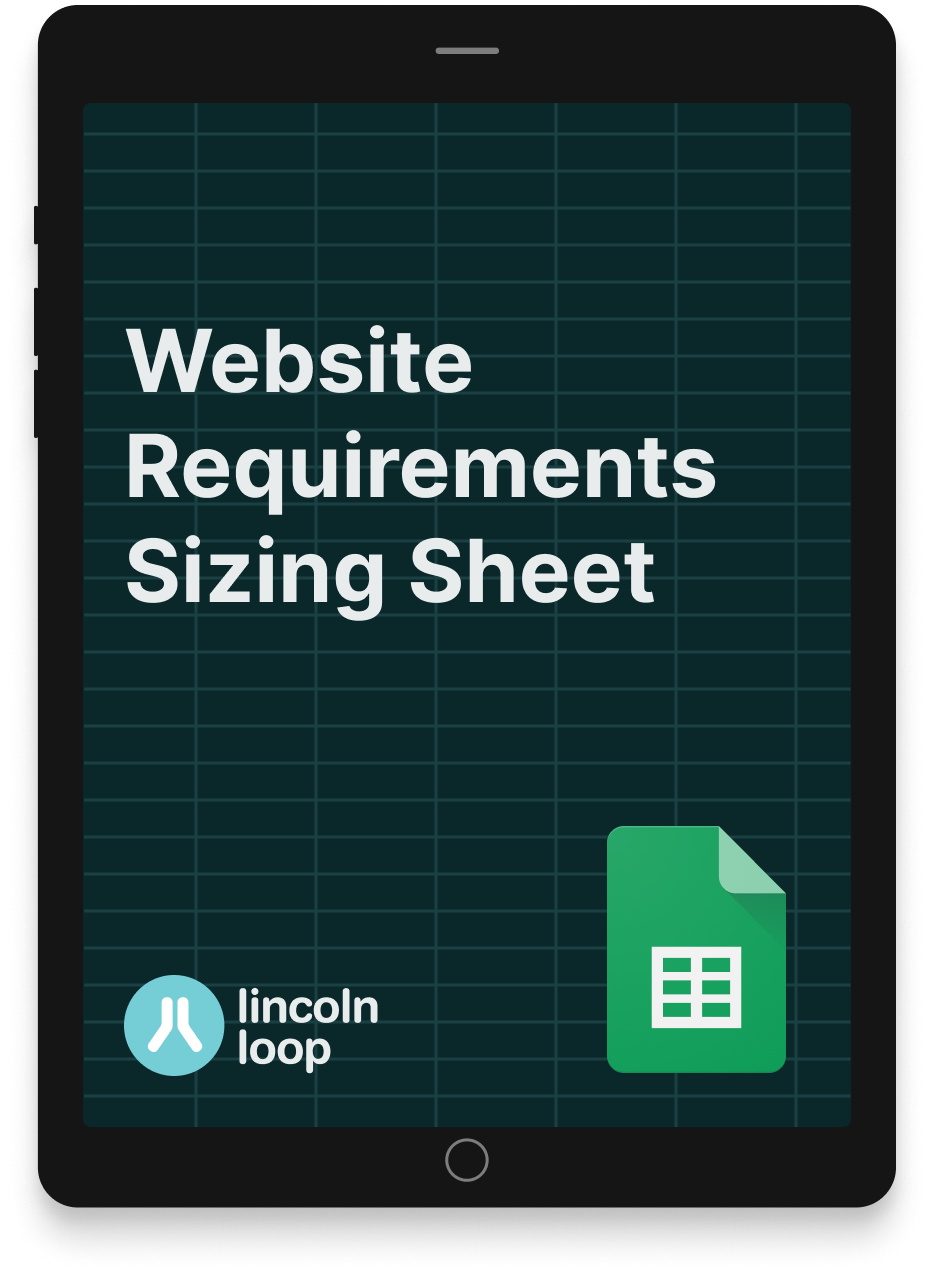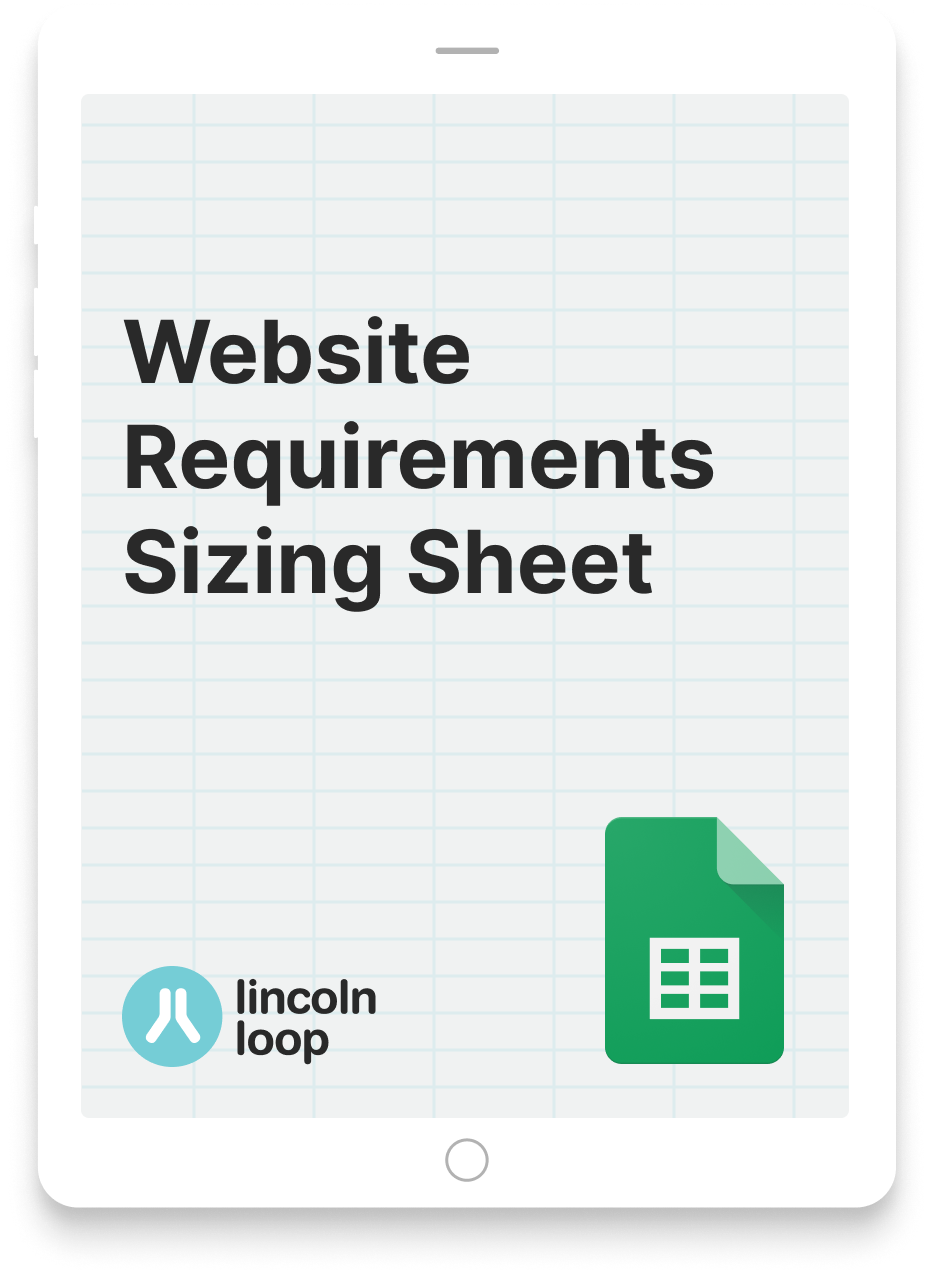Asking how much a website costs is like asking how much a house costs. The answer depends on what you want. You’ll pay different prices for a two-bedroom cottage and a seven-bedroom rambler. In both cases, the difference can mean tens of thousands of dollars.
And in the same way that calculating the budget to build a house can feel overwhelming, so can budgeting for your website. A quick search query asking, “What should I budget for my website?” will yield many answers. You’ll find articles claiming your budget needs will fall between $3,000 and $5 million.
When asking what to budget for your website, the honest answer will depend on your project’s unique scope and timeline. But, there are some learnings you can discover upfront to avoid as many hidden or creeping costs as possible. Understanding how pricing models work for most agencies, how to prioritize your project requirements, and the importance of a thorough discovery phase will help you move forward confidently.


Three Common Website Pricing Models
Every agency you consider for your website project will have its unique pricing model, but, broadly speaking, they all boil down to three models:
1. Time and materials (T&M)
The most straightforward website pricing method is Time and Materials pricing. Just like it sounds, in this pricing model, you pay for the time and the materials spent to complete each project requirement based on a flat hourly rate or a rate scale.
There are several advantages to this approach:
Agility and flexibility
T&M pricing is most congruent with the agile methodology of software development. Pricing can be continually examined through multiple development iterations and sprints, giving you a high degree of flexibility to make changes as the scope is better defined.
Pay for resources as you use them
T&M pricing allows you to begin work immediately on your most crucial website goals and throttle efforts as needed to meet budget limitations. This model also works well in maintaining a partnership with your web design agency after your website is complete if you need additional support or other future development requests.
2. Project-based (fixed-bid pricing)
Fixed-price contracts are the easiest to understand. This model uses a flat fee for specific project requirements. The primary advantage of fixed project-based pricing is knowing what you will spend before spending it. There are a few things to keep in mind to ensure success.
You must invest in scope definition
You won’t be able to achieve a fixed-bid pricing estimate unless your scope has been well-defined from the outset of your project. All points of your website need to be clearly defined and understood by you and the agency you hire. This mutual understanding will occur in an early requirement-gathering phase.
Change orders will still happen
Even with fixed-bid pricing, you should still plan for the need to adjust your scope along the way as you tweak or tune your features. A best practice is preparing for 15-20% additional costs for change orders.
True value drives a fixed-price, not time
A common misconception is that fixed-bid pricing is based on an hourly rate. But, designing great website solutions comes down to the value of the project instead of simply estimating the number of hours it will take to complete it.
3. Performance-based awards
Some agencies may use a performance-based pricing model, requesting a fee when your site hits predetermined performance benchmarks like increased conversions, reduced downtime, etc.
An agency may use one or more of these models, and some may have a unique twist on their fee structure. Regardless of how they price their services, it is critical that you can communicate with them comfortably and clearly regarding budget and pricing to determine if the partnership is a good fit.
Once you understand an agency’s pricing model, the next step to avoiding surprises in your website budget is to define and prioritize your project’s requirements, ensuring what you need lines up with how you will be billed for it.
Don’t Skip Discovery When Budgeting for Your Website
To succeed, designers and developers need a requirements-gathering phase (called “discovery”). It helps them prepare for the scope of the work and remove as much uncertainty from the process as possible. Business owners, project managers, and marketing or IT leaders may not see the value in discovery and may be eager to dive into design and build phases. After all, discovery can seem like an expensive step that produces few tangible results, or reaffirms what everyone already knows. And, when you’re already looking at a substantial price tag for a website, paying for discovery work appears to be a tough financial pill to swallow.
However, discovery saves you money in the long run and goes a long way toward preventing surprises in your final website budget. Done well, discovery is a high-leverage activity that prevents problems from happening further down the line. The collaboration and problem-solving that comes with discovery are the leading factors that impact your project’s success and ability to come in on budget.
If you find yourself in discussions with an agency that does not emphasize the importance of discovery, process with caution. This almost guarantees that your website costs will balloon, and your project will languish.
Plan Your Project, Plan Your Budget
The information and insight gained in discovery are essential in planning a website project. Like building a house, the discovery phase provides a blueprint for your site. It allows you to identify the scope and specs of your project at the outset, prioritize your website goals according to your budget, and identify critical timelines and milestones.
At Lincoln Loop, we feel so strongly that discovery reduces costly mistakes and misunderstandings and keeps you from paying for unnecessary functionality that we document all our discovery findings and allow you to take them elsewhere even if you decide not to work with us. We do so simply because we know having thorough discovery will save you substantial money and headache with your website.
You can get a headstart preparing for the discovery phase of your website by using the complimentary Website Project Requirements Sizing Sheet we shared above (don’t worry if you missed it earlier, we’ve linked it right here too). This template helps you list, describe, and prioritize the requirements you have in mind for your website. Completing this, or another similar exercise, before you meet with your agency to begin discovery puts you on the right path to gaining clarity on the pricing of your project and staying on budget as you go.



